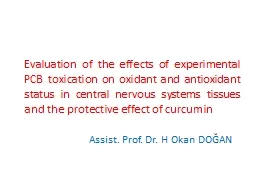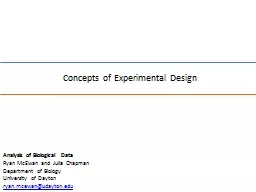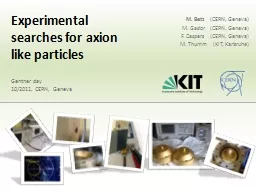PPT-Evaluation the effects of experimental
Author : phoebe-click | Published Date : 2020-04-03
PCB toxication on oxid ant and antioxida n t status in central nervous systems tissues and the protective effect of curcumin Assist Prof Dr H Okan DOĞAN
Presentation Embed Code
Download Presentation
Download Presentation The PPT/PDF document " Evaluation the effects of experimenta..." is the property of its rightful owner. Permission is granted to download and print the materials on this website for personal, non-commercial use only, and to display it on your personal computer provided you do not modify the materials and that you retain all copyright notices contained in the materials. By downloading content from our website, you accept the terms of this agreement.
Evaluation the effects of experimental : Transcript
Download Rules Of Document
" Evaluation the effects of experimental "The content belongs to its owner. You may download and print it for personal use, without modification, and keep all copyright notices. By downloading, you agree to these terms.
Related Documents














